Home>Furniture & Design>Interior Design Trends>How Is Sea Glass Made
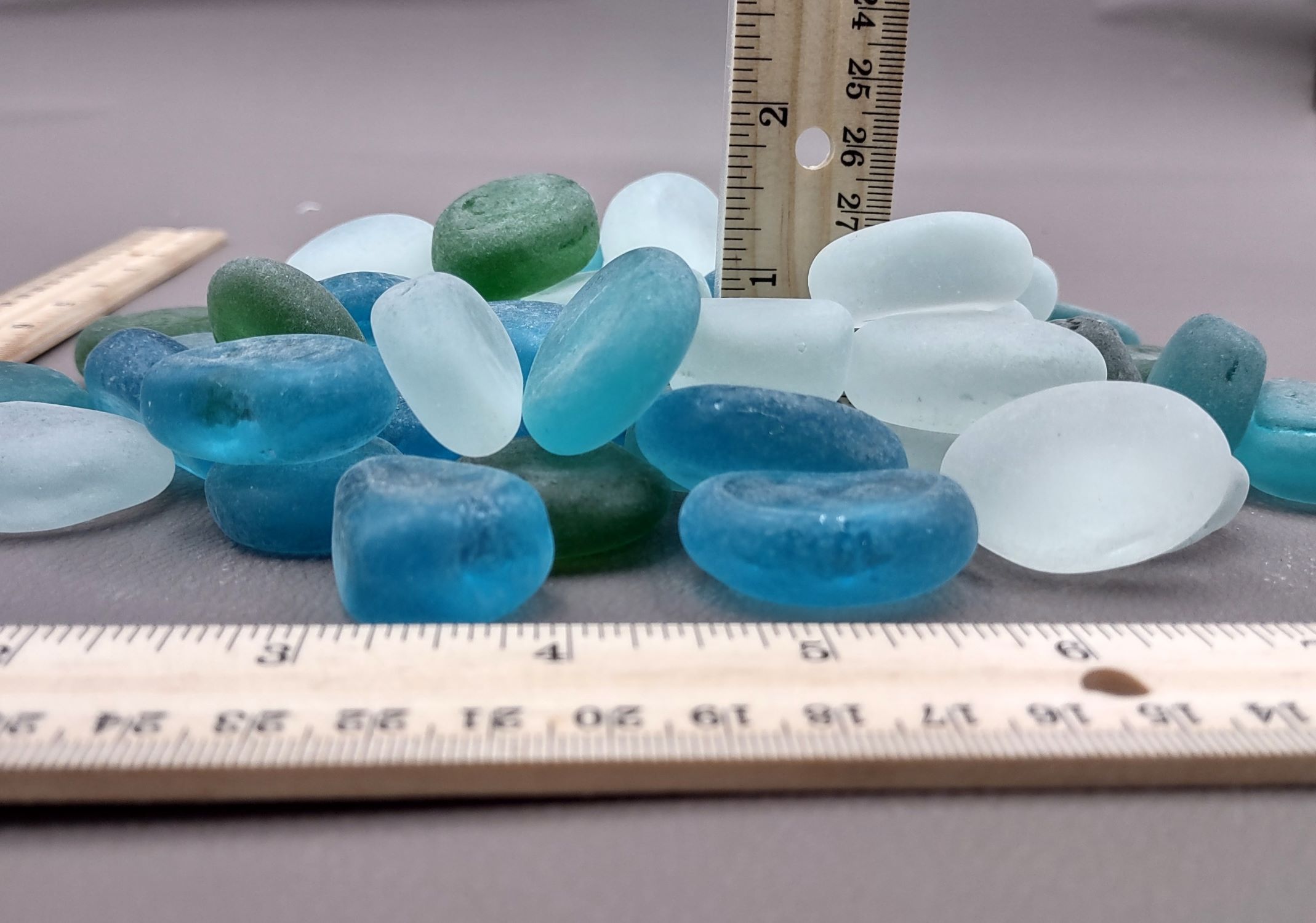

Interior Design Trends
How Is Sea Glass Made
Modified: February 18, 2024
Discover the latest interior design trends and learn how sea glass is made. Explore the beauty and craftsmanship of this unique material.
(Many of the links in this article redirect to a specific reviewed product. Your purchase of these products through affiliate links helps to generate commission for Storables.com, at no extra cost. Learn more)
Introduction
Sea glass, with its smooth and frosted appearance, has captivated beachcombers and collectors for generations. Its allure lies in the mystery of its origins and the enchanting transformation it undergoes. This unique form of glass, also known as beach glass or mermaid's tears, holds a fascinating story within its shimmering surface.
The journey of sea glass begins with discarded glass items, such as bottles, jars, and glassware, finding their way into the ocean. Over time, the relentless motion of the waves and the abrasive action of sand and rocks work their magic, transforming these ordinary glass pieces into exquisite treasures. Each fragment of sea glass carries with it a tale of resilience and transformation, making it a symbol of beauty born from adversity.
As we delve into the world of sea glass, we will uncover the intricate process of its formation, the factors that influence its creation, and the diverse uses it serves. Join us on this exploration of the enchanting world of sea glass, where nature's alchemy turns discarded glass into a thing of beauty.
Key Takeaways:
- Sea glass is formed when discarded glass items are tumbled by waves and abrasion, creating smooth, frosted treasures. Its vibrant colors and unique shapes make it a symbol of beauty born from adversity.
- Factors like glass composition, time in the ocean, geological conditions, wave action, and human activity influence sea glass formation. It can be found on coastal beaches, historic dumping sites, remote enclaves, coastal cliffs, and international shores, offering a captivating adventure for collectors and enthusiasts.
Read more: What Is Sea Glass
What is Sea Glass?
Sea glass, also known as beach glass or mermaid's tears, is a type of glass that has been weathered and polished by the natural forces of the ocean. It is commonly found along shorelines, particularly on beaches where the waves and tides have had the opportunity to work their magic on discarded glass items. Sea glass comes in a variety of colors, including green, brown, clear, and blue, and each piece is unique in its shape and texture.
The allure of sea glass lies in its smooth, frosted appearance, which is the result of years of exposure to the elements. The process of transforming ordinary glass into sea glass is a testament to the power of nature's alchemy. What was once a discarded bottle or jar becomes a thing of beauty, carrying with it the story of its journey through the ocean.
Sea glass holds a special place in the hearts of beachcombers and collectors, who are drawn to its enchanting beauty and the sense of wonder it evokes. Each piece of sea glass is a tangible reminder of the resilience of nature and the transformative power of time and the elements.
In the next sections, we will explore the fascinating process of sea glass formation, the factors that influence its creation, where to find it, and the myriad of uses it serves. Join us as we unravel the captivating tale of sea glass and discover the hidden treasures that await along the shorelines of the world.
Formation of Sea Glass
Sea glass is formed through a captivating process that begins with discarded glass items finding their way into the ocean. Once in the water, these glass pieces are subjected to the relentless forces of nature, which gradually transform them into the smooth and frosted treasures known as sea glass.
The journey of sea glass formation starts with the glass items being tumbled and tossed by the waves, which act as nature's own rock tumbler. The constant motion of the water, combined with the abrasive action of sand, rocks, and other debris, wears down the sharp edges and rough surfaces of the glass. Over time, this process of erosion and abrasion results in the glass becoming smooth and polished, with a distinctive frosted appearance.
The transformation of ordinary glass into sea glass is a testament to the power of nature's alchemy. What was once a discarded bottle, jar, or glassware becomes a thing of beauty, carrying with it the story of its journey through the ocean. The colors of sea glass, ranging from vibrant greens and blues to soft pastel hues, are a result of the chemical composition of the original glass and the effects of prolonged exposure to sunlight and saltwater.
The process of sea glass formation is a harmonious dance between the elements, with each wave and grain of sand contributing to the gradual metamorphosis of the glass. It is a testament to the resilience of nature and the transformative power of time and the elements. The resulting sea glass, with its smooth texture and ethereal appearance, serves as a tangible reminder of the beauty that can emerge from adversity.
As we continue our exploration of sea glass, we will delve into the factors that influence its creation and the diverse uses it serves. Join us as we uncover the hidden treasures that await along the shorelines of the world, where nature's alchemy turns discarded glass into a thing of beauty.
Factors Affecting Sea Glass Formation
The formation of sea glass is a complex and intricate process that is influenced by a variety of factors, each playing a crucial role in shaping the final appearance and characteristics of these ocean-born treasures.
1. Glass Composition:
The chemical composition of the original glass significantly impacts the color and durability of sea glass. Certain types of glass, such as soda-lime glass commonly used in bottles and jars, are more prone to weathering and can produce a wide range of vibrant colors when transformed into sea glass. On the other hand, glass with high lead content may undergo a different weathering process, resulting in distinct textures and colors.
Read more: How Is Sea Glass Formed
2. Time and Exposure:
The length of time that glass spends in the ocean, as well as the intensity of exposure to the elements, greatly influences the quality and appearance of sea glass. Glass pieces that have been tumbling in the waves for decades undergo extensive weathering, resulting in a smoother and more frosted surface. Prolonged exposure to sunlight, saltwater, and abrasive materials accelerates the transformation process, contributing to the unique characteristics of sea glass.
3. Geological Conditions:
The geological features of the coastline where glass items enter the ocean play a significant role in sea glass formation. Coastal areas with rocky shorelines and strong wave action are more conducive to the natural tumbling and abrasion process that creates sea glass. The presence of coarse sand, pebbles, and other abrasive materials further contributes to the erosion of glass, shaping it into the coveted smooth and frosted gems found on beaches worldwide.
4. Wave Action and Tides:
The relentless motion of the waves, coupled with the ebb and flow of tides, is instrumental in shaping sea glass. The constant tumbling and agitation of glass pieces against sand, rocks, and other debris smoothens their edges and surfaces over time. The intensity and frequency of wave action, as well as the direction of prevailing currents, determine the extent of weathering and the ultimate appearance of sea glass.
5. Human Activity:
Human activities, such as coastal development and pollution, can impact the availability and quality of sea glass. Areas with high levels of human traffic and industrial presence may experience reduced quantities of sea glass due to the diminished presence of natural glass sources and increased pollution. Conversely, efforts to preserve coastal environments and reduce pollution can contribute to the sustainability and abundance of sea glass.
Understanding the intricate interplay of these factors provides insight into the captivating process of sea glass formation and the diverse array of sea glass treasures waiting to be discovered along the world's shorelines.
Read more: How To Find Sea Glass
Where to Find Sea Glass
The search for sea glass is a captivating adventure that leads beachcombers and enthusiasts to a variety of coastal locations around the world. While the discovery of sea glass is often a matter of serendipity, certain beaches and shorelines are renowned for their abundance of these ocean-born treasures. Whether you are a seasoned collector or a curious explorer, the following are prime locations where sea glass can be found:
1. Coastal Beaches:
Coastal beaches with a history of maritime activity and a proximity to urban centers are prime hunting grounds for sea glass. These beaches often bear the remnants of glassware, bottles, and other discarded items that have been transformed into sea glass over time. The constant ebb and flow of tides, combined with the presence of natural and man-made glass sources, contribute to the proliferation of sea glass along these shores.
2. Historic Dumping Sites:
Areas near historical dumping sites, such as old landfills or coastal dumping grounds, are known for yielding an abundance of sea glass. Glass items discarded in these locations decades ago have undergone extensive weathering and erosion, resulting in a rich deposit of sea glass waiting to be discovered. The allure of uncovering these hidden treasures adds an element of historical intrigue to the search for sea glass.
3. Remote Coastal Enclaves:
Remote and secluded coastal enclaves, away from the hustle and bustle of urban development, offer a serene and unspoiled setting for finding sea glass. These pristine shorelines, often characterized by rocky outcrops and gentle tides, provide an ideal environment for the natural tumbling and polishing of glass fragments. The tranquility of these coastal havens adds a sense of peaceful discovery to the quest for sea glass.
Read more: How To Display Sea Glass
4. Coastal Cliffs and Coves:
Coastal cliffs and coves, sculpted by the relentless forces of the ocean, are treasure troves for sea glass enthusiasts. The unique geological formations and wave patterns in these areas contribute to the accumulation of sea glass along their shores. Exploring the nooks and crannies of these coastal features often leads to the discovery of rare and exquisite sea glass pieces, shaped by the intricate interplay of nature's elements.
5. International Beaches:
Internationally renowned beaches, celebrated for their sea glass abundance, attract collectors and enthusiasts from around the globe. These beaches, located in diverse coastal regions, offer a kaleidoscope of sea glass colors and textures, reflecting the unique characteristics of their respective environments. The allure of discovering sea glass in far-flung destinations adds a sense of adventure and cultural discovery to the pursuit of these ocean gems.
The search for sea glass is a journey of exploration and discovery, where each beach and coastal locale holds the promise of uncovering nature's exquisite handiwork. Whether combing the shores of familiar coastal haunts or embarking on a quest to distant beaches, the allure of finding sea glass lies in the thrill of unearthing these shimmering remnants of the past, transformed into timeless treasures by the ocean's embrace.
Uses of Sea Glass
Sea glass, with its enchanting beauty and captivating history, serves a myriad of creative and practical purposes, making it a cherished material for artisans, designers, and enthusiasts alike. The unique characteristics of sea glass, including its smooth texture, frosted appearance, and vibrant colors, lend themselves to a diverse range of applications. From jewelry and decorative art to functional household items, sea glass finds its place in the realms of creativity and everyday utility.
1. Jewelry and Accessories:
One of the most popular uses of sea glass is in the creation of exquisite jewelry and accessories. Craftsmen and jewelry designers transform sea glass pieces into stunning necklaces, earrings, bracelets, and pendants, showcasing the natural beauty of these ocean-born gems. The smooth and polished surfaces of sea glass, combined with their alluring colors, make them ideal for crafting unique and timeless jewelry pieces that evoke the tranquility of the sea.
Read more: How To Clean Sea Glass
2. Decorative Art and Crafts:
Sea glass enthusiasts and artists incorporate these ocean treasures into decorative art and crafts, adding a touch of coastal charm to their creations. From mosaic artworks and framed displays to intricate sculptures and mobiles, sea glass lends itself to a wide array of artistic expressions. The vibrant hues and organic shapes of sea glass pieces infuse a sense of whimsy and natural beauty into decorative art, creating visually captivating pieces that celebrate the allure of the seaside.
3. Home Décor and Ornaments:
In the realm of home décor, sea glass finds its place as a versatile and aesthetically pleasing material. Decorative vases, candle holders, and table centerpieces adorned with sea glass accents bring a coastal ambiance to interior spaces. Additionally, sea glass ornaments and wind chimes add a touch of seaside serenity to gardens and outdoor living areas, infusing these spaces with the tranquil spirit of the ocean.
4. Functional Items and Gifts:
The practical applications of sea glass extend to functional household items and thoughtful gifts. Sea glass bottle stoppers, coasters, and drawer pulls add a touch of coastal elegance to everyday living spaces. Furthermore, personalized gifts crafted from sea glass, such as photo frames and keepsake boxes, carry a sentimental and timeless appeal, making them cherished tokens of affection and remembrance.
5. Environmental Awareness and Conservation:
Beyond its artistic and utilitarian uses, sea glass serves as a poignant symbol of environmental awareness and conservation. The transformation of discarded glass into sea glass highlights the potential for repurposing and recycling materials to reduce environmental impact. By incorporating sea glass into creative endeavors, individuals and communities celebrate the beauty of nature while promoting sustainable practices and the preservation of coastal ecosystems.
In essence, the uses of sea glass extend far beyond mere adornment, encompassing a rich tapestry of artistic expression, functional utility, and environmental consciousness. As these ocean-born treasures continue to captivate the imagination of creators and enthusiasts, their timeless allure persists, weaving a narrative of beauty, resilience, and the enduring spirit of the sea.
Read more: What To Do With Sea Glass
Conclusion
In conclusion, the enchanting allure of sea glass transcends its physical beauty, weaving a narrative of resilience, transformation, and the timeless embrace of the ocean. From its humble origins as discarded glass items to its evolution into shimmering treasures adorning coastal shores, sea glass embodies the enduring spirit of nature's alchemy. The captivating process of sea glass formation, influenced by factors such as glass composition, time and exposure, geological conditions, wave action, and human activity, underscores the intricate interplay of elements that shape these ocean-born gems.
The search for sea glass takes enthusiasts on a journey of exploration and discovery, leading them to coastal beaches, historic dumping sites, remote enclaves, coastal cliffs, and international shores, where the promise of uncovering nature's exquisite handiwork awaits. Each piece of sea glass carries with it a tale of resilience and transformation, serving as a tangible reminder of the beauty that can emerge from adversity.
Furthermore, the uses of sea glass extend far beyond mere adornment, encompassing a rich tapestry of artistic expression, functional utility, and environmental consciousness. From exquisite jewelry and decorative art to home décor and functional items, sea glass finds its place in the realms of creativity and everyday utility. Additionally, sea glass serves as a poignant symbol of environmental awareness and conservation, highlighting the potential for repurposing and recycling materials to reduce environmental impact.
As we reflect on the captivating world of sea glass, we are reminded of the enduring allure of these ocean-born treasures and the profound connection between nature's transformative power and the human spirit. The journey of sea glass, from discarded glass to timeless treasure, serves as a testament to the resilience of nature and the enduring beauty that emerges from the embrace of the sea. In the end, the story of sea glass is a story of beauty born from adversity, a tale of transformation that continues to captivate the hearts and imaginations of collectors, artisans, and enthusiasts around the world.
Frequently Asked Questions about How Is Sea Glass Made
Was this page helpful?
At Storables.com, we guarantee accurate and reliable information. Our content, validated by Expert Board Contributors, is crafted following stringent Editorial Policies. We're committed to providing you with well-researched, expert-backed insights for all your informational needs.
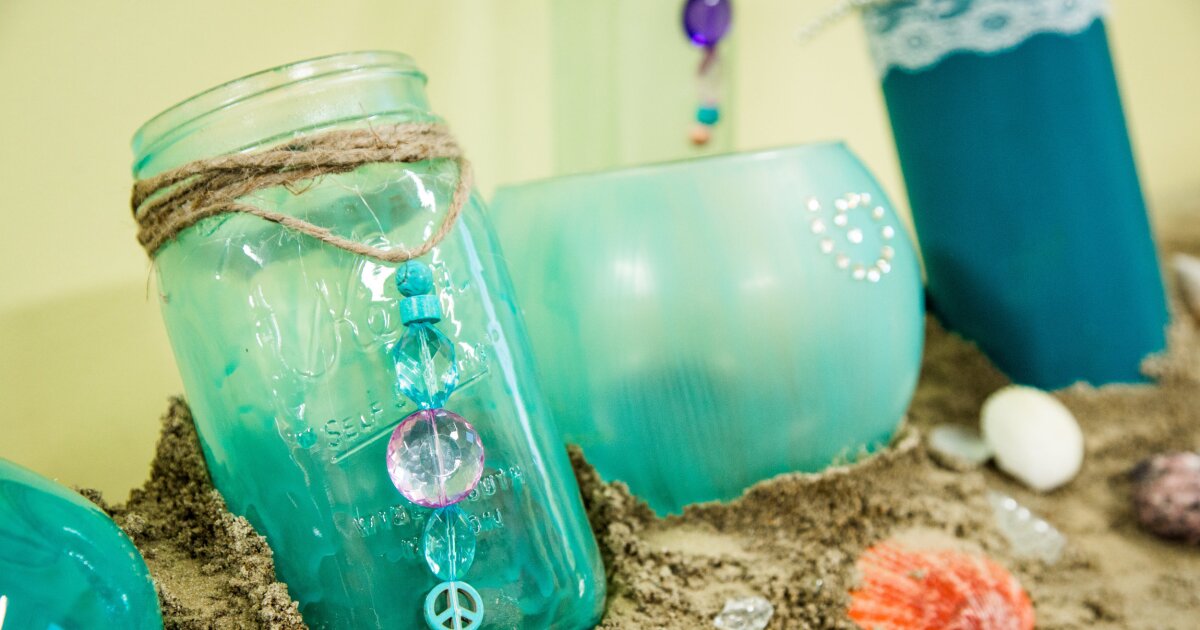
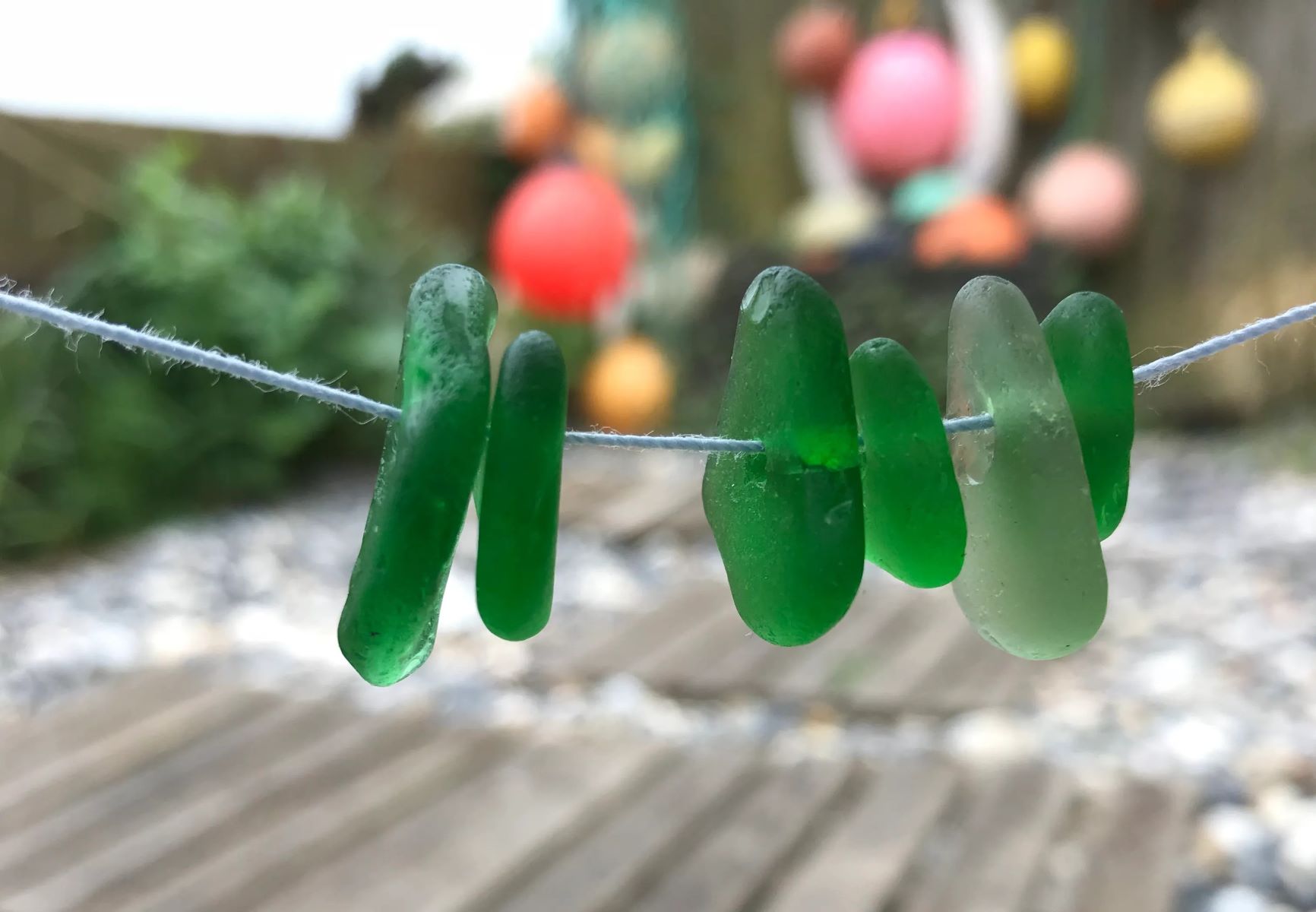
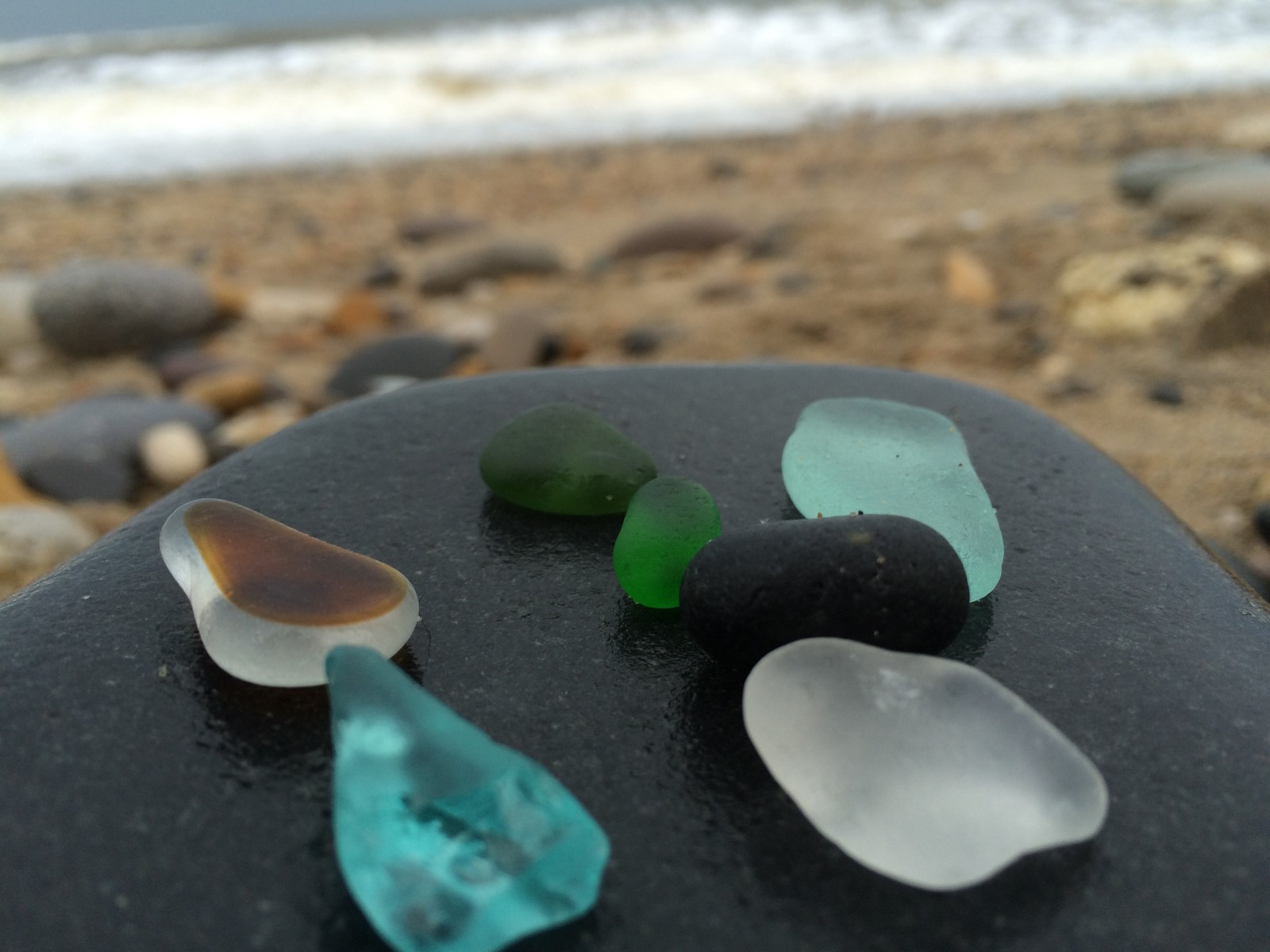
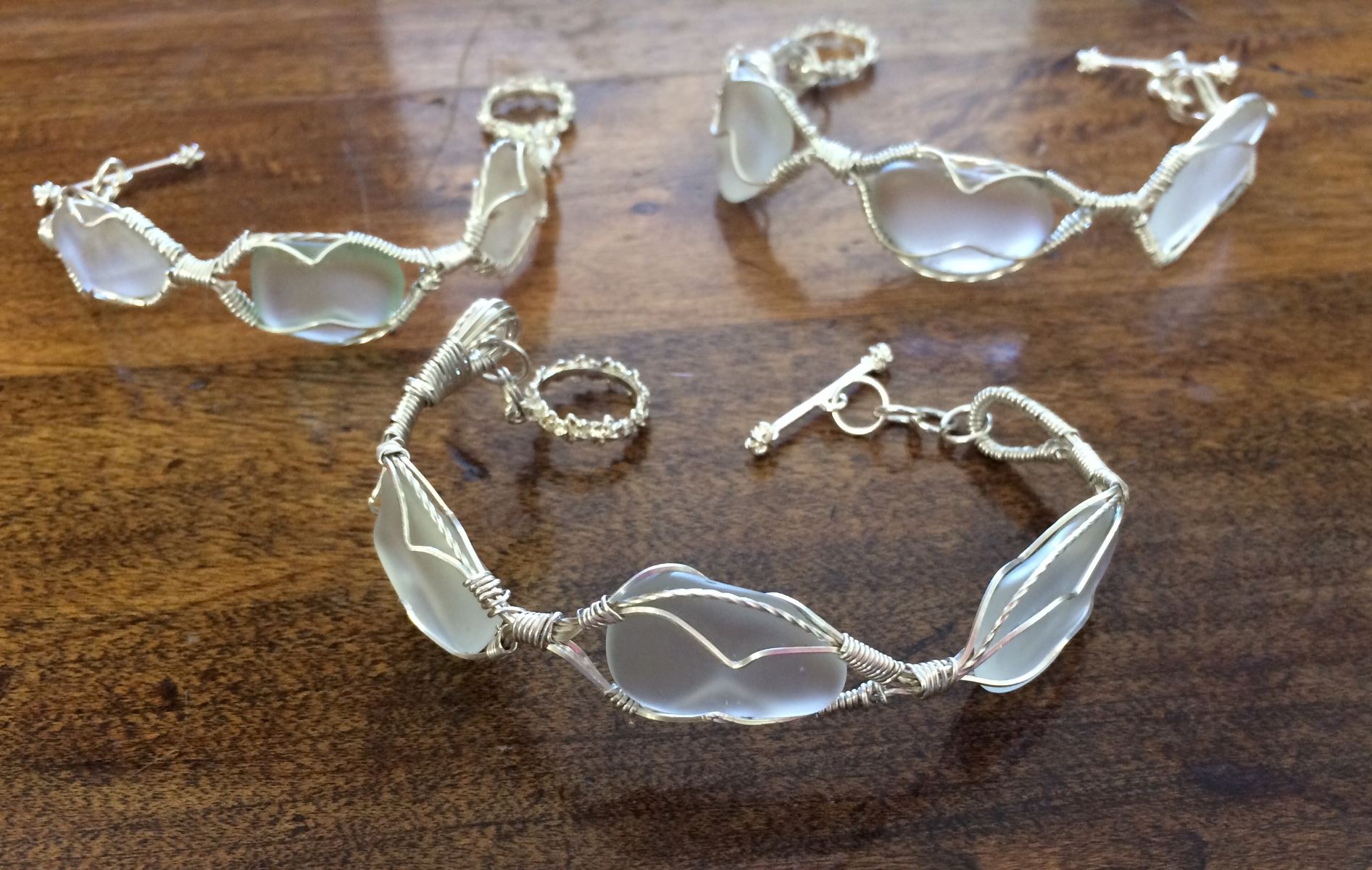
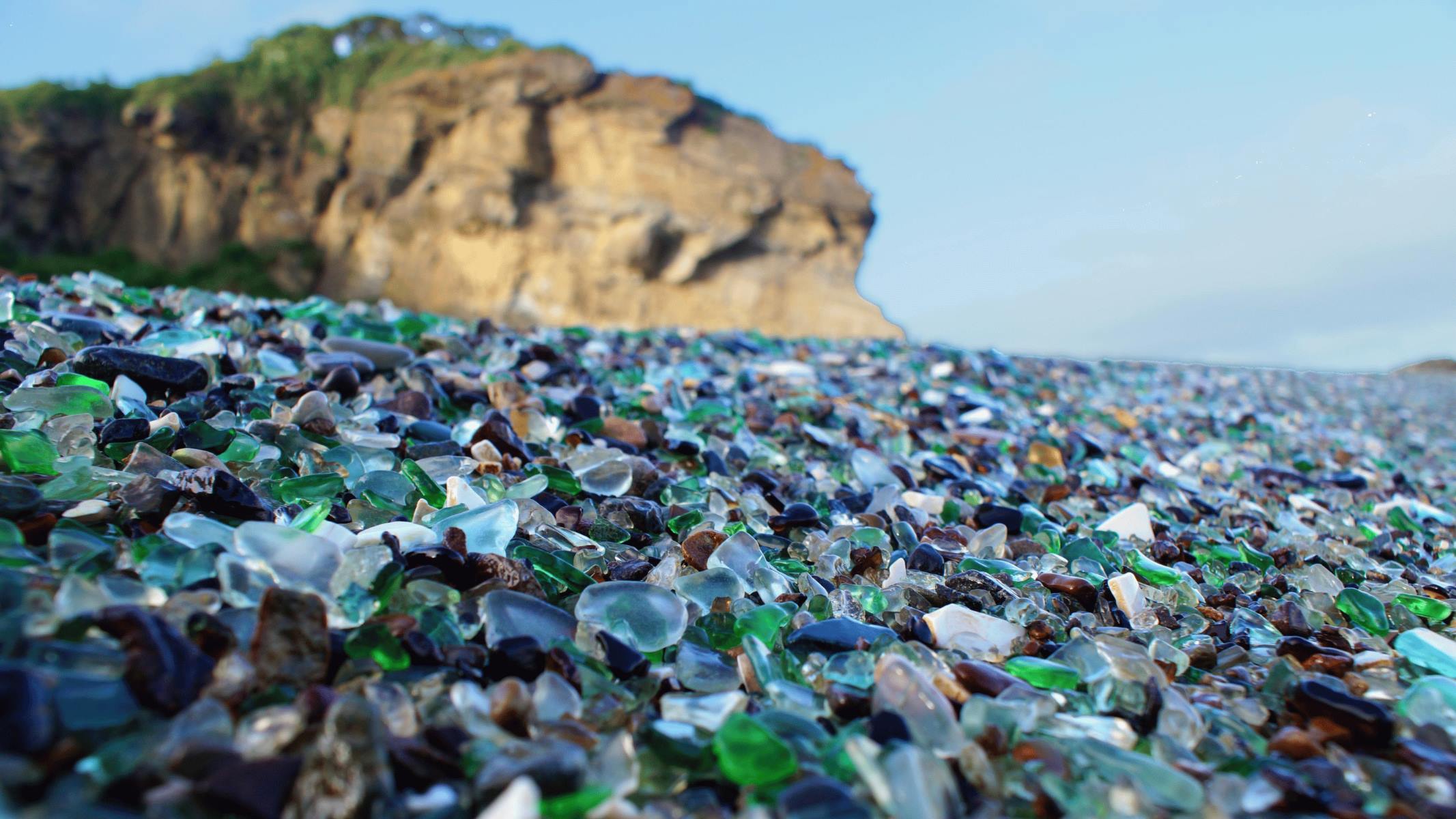
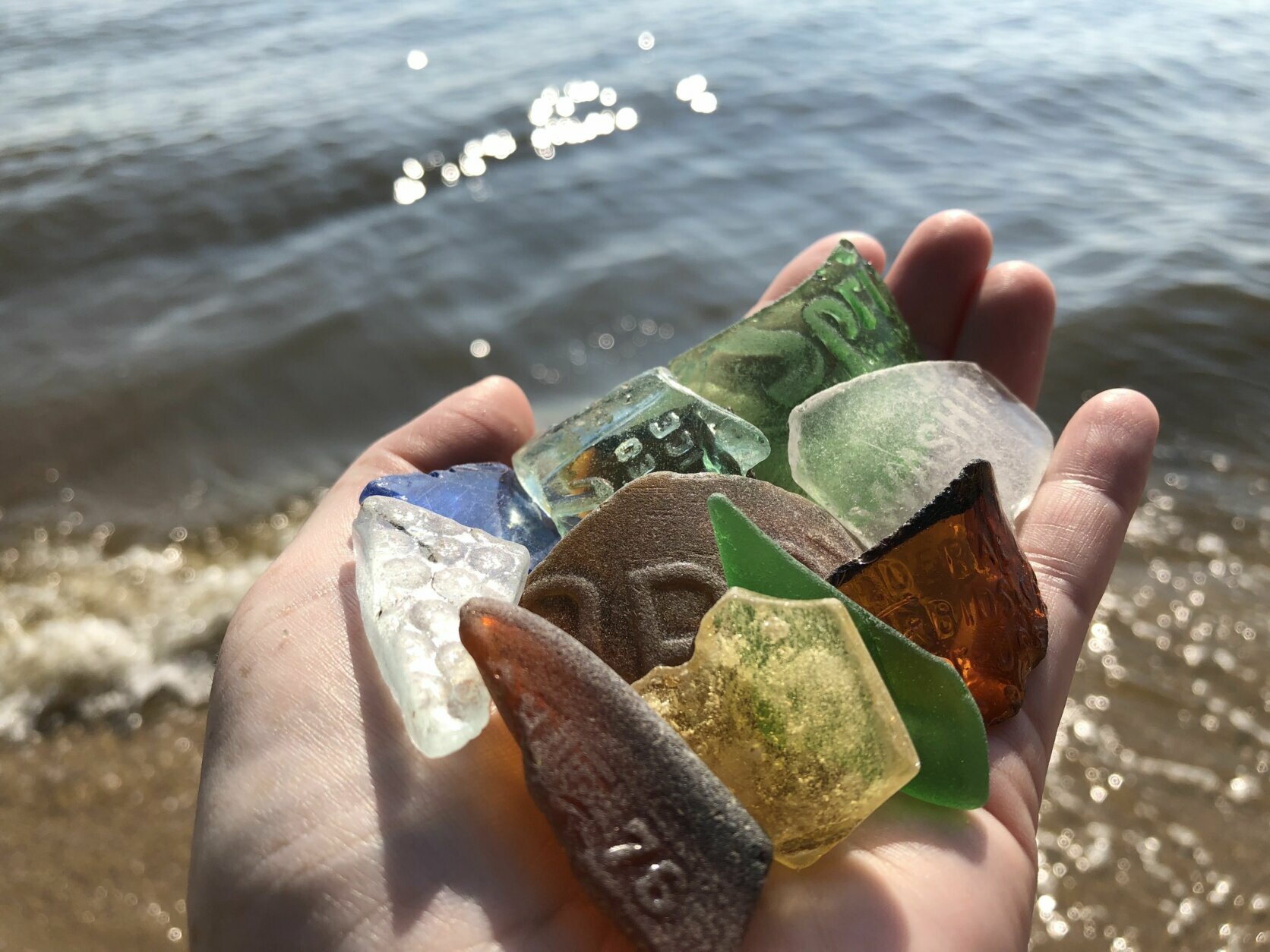
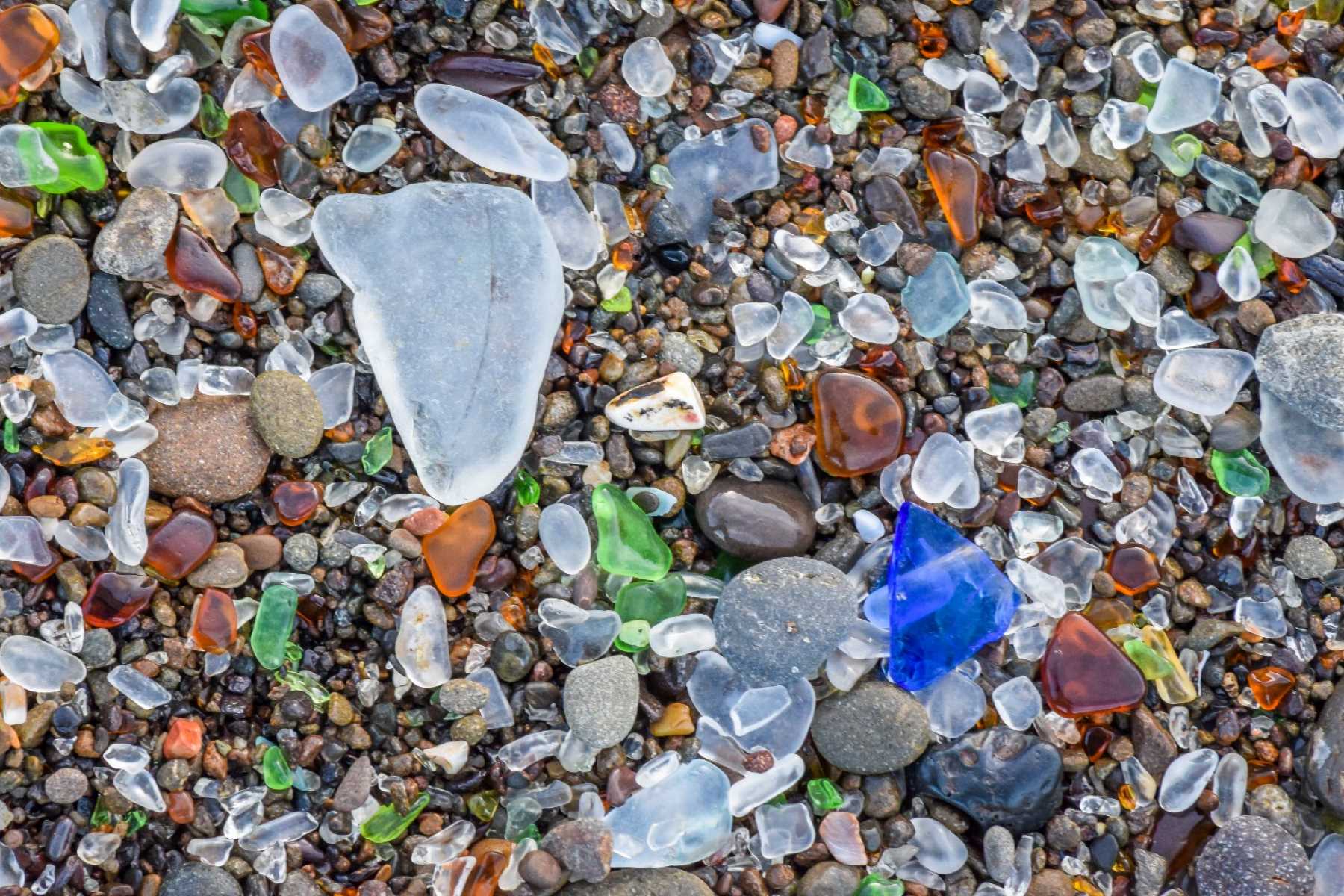
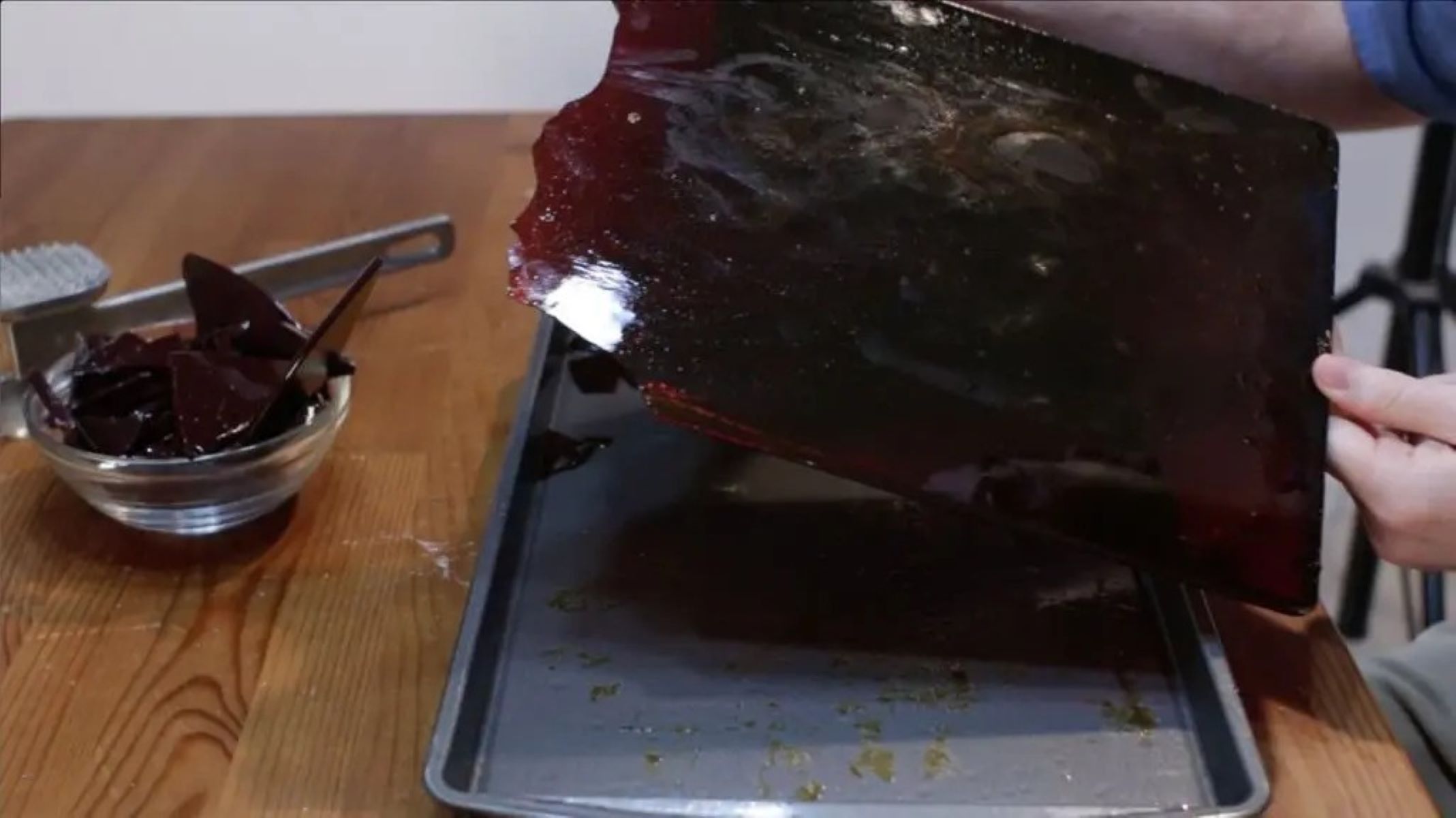
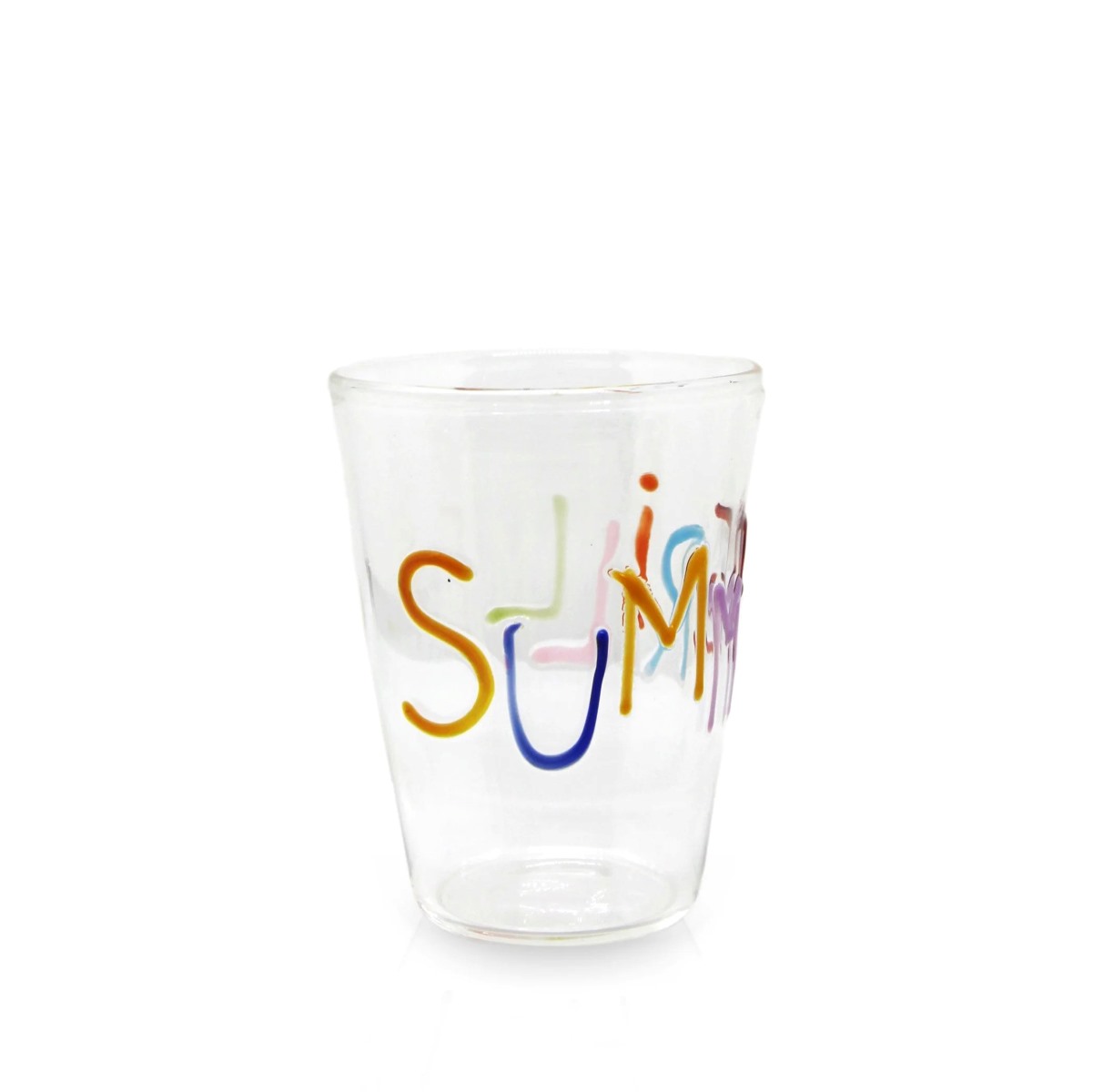
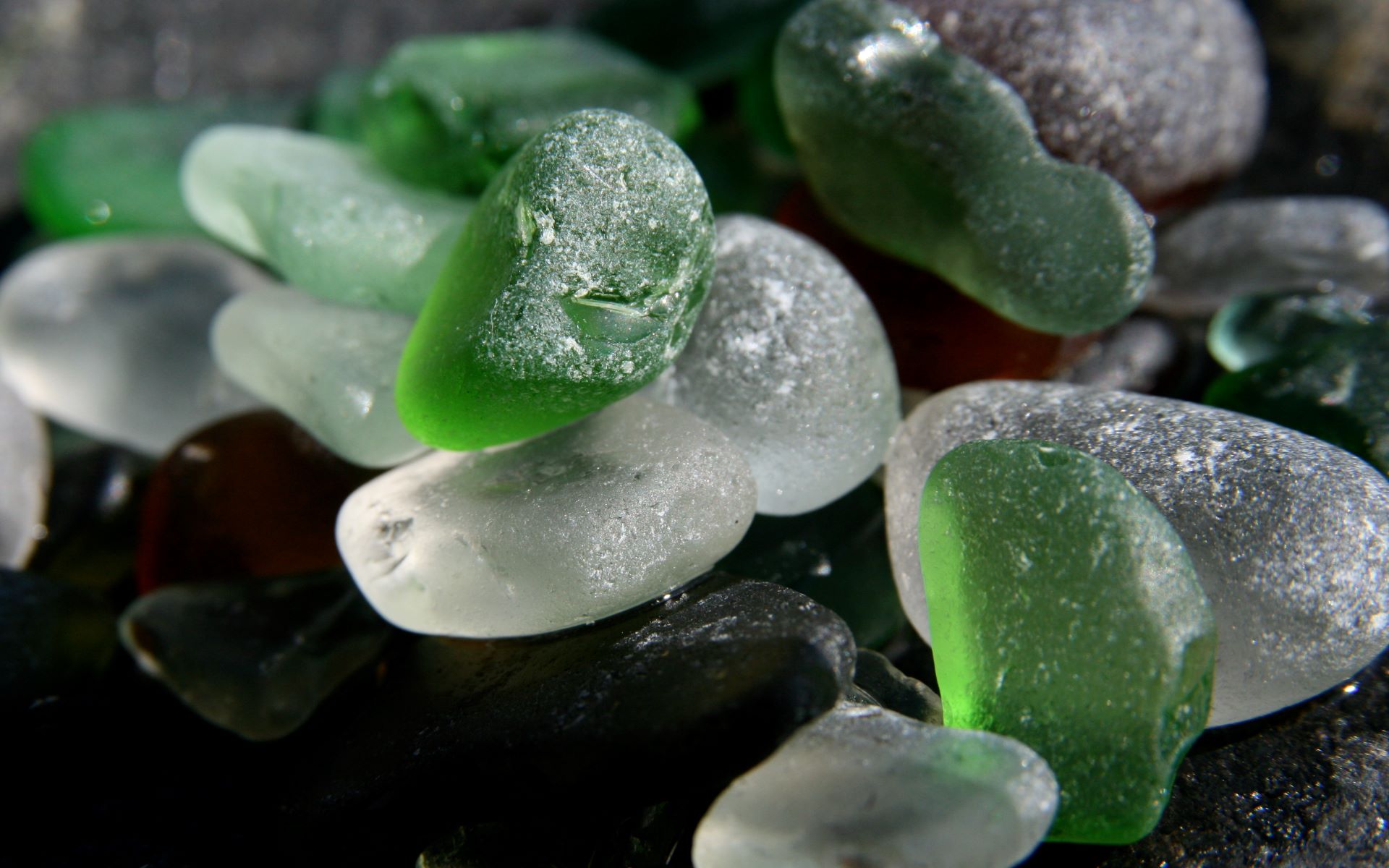

0 thoughts on “How Is Sea Glass Made”